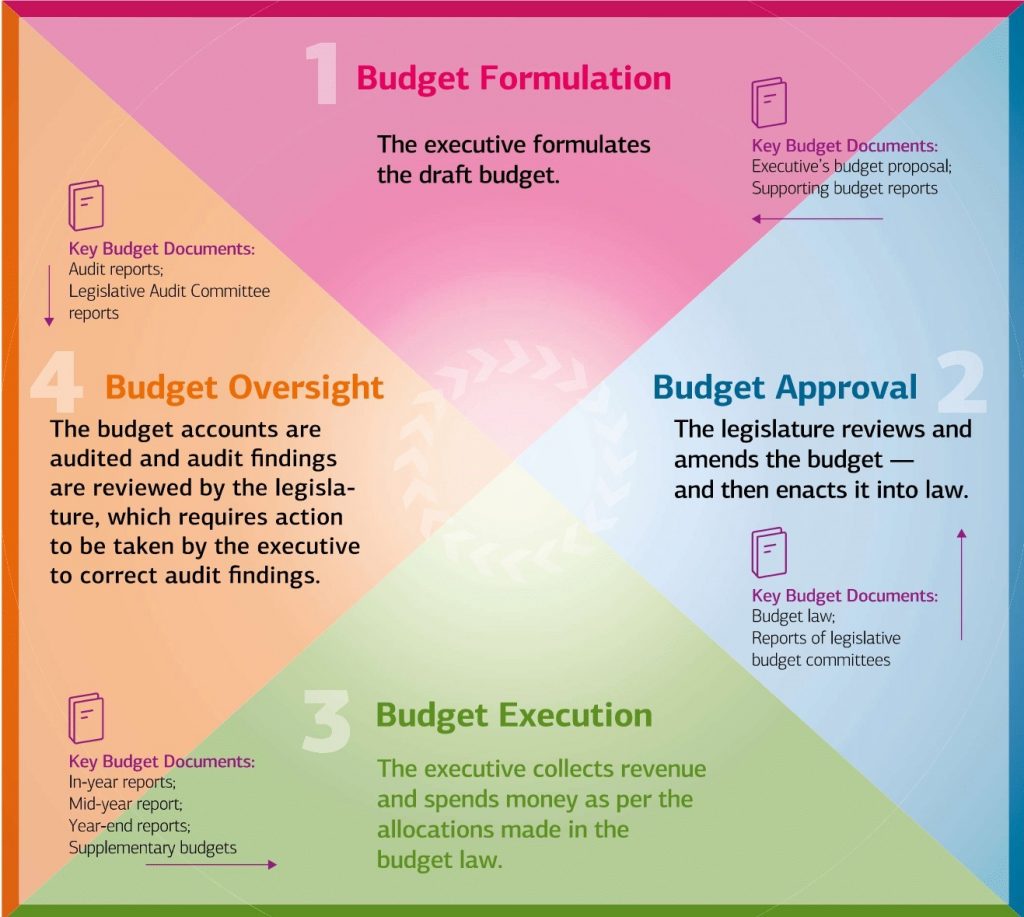What is budget advocacy in harm reduction focused on?
Budget advocacy is designed to influence the size and distribution of government budgets for harm reduction.
CSO engagement in health budget advocacy can have one of several impacts:
- increase the share of the overall health budget relative to other government spending;
- change allocations within the health budget, increasing funding for a specific issue, or
- increase both the level of the overall health budget and allocations to specific budget lines.
In addition to influencing the size and distribution of health budgets, civil society plays an increasingly important role in monitoring government commitments and holding public officials accountable for resource allocations and utilization, ensuring that funds are disbursed and used as planned.
Targets of Budget Advocacy
The ultimate targets of budget advocacy are the key government representatives (key decision-makers) who influence budgetary allocations, policies, and regulations, they include different levels of public officials and technical staff who are in charge of implementing public budget allocation decisions. Depending on the type of budget advocacy work, it may target the general public, other CSOs, and other groups too. Some of the steps/strategies needed to achieve the ultimate advocacy goals include encouraging changes in communities (awareness-raising and mobilization), campaigning to create public pressure, writing policy briefs, organizing public events, having direct meetings with government representatives, building alliances, etc.
Types of Budget Advocacy Work
- Capacity-building: CSOs develop budget expertise, which they share with other CSOs through training. CSOs working with public officials (or international organizations) and building their capacity in budget processes. This results in stronger interventions and better oversight.
- Analytical work: As CSOs develop alternative approaches to budget analysis, they are capable of analyzing budget data from a different perspective and uncovering important policy issues. For example, when you try to analyze data in order to advocate for increased prevention and care services for PWUD, you can easily take the data on the number of individuals in prison for drug-related offenses, then identify the public expenditures on those prisoners and argue that redirecting funds from repression to care (such as harm reduction) can prevent the overpopulation of prisons for drug related offenses, positively impact the quality of life of PWUD, and save public money.
- Collecting and sharing best practices: Every issue has its own specific characteristics, but work done by one group can influence and motivate the work of others.
- Improving accountability: When you start demanding data and information, you enforce public accountability. On the one hand, public services may start to feel pressured; on the other hand, they may change their practices in response to this pressure (e.g. start collecting the data which interest civil society).
- Supporting budget authorities (through different stages of the budget cycle — ministries, legislative bodies, etc.) to integrate policy, program, and funding/ financing changes: in this case, CSOs act as experts and provide help with drafting a piece of legislation or regulatory documents, designing a program, developing costing tools or other implementation instruments, etc.
Budget Cycle
Budgets cover a fixed period of time, called a fiscal year. In most countries, the fiscal year for the public budget is the same as the calendar year, but this does not have to be the case.

